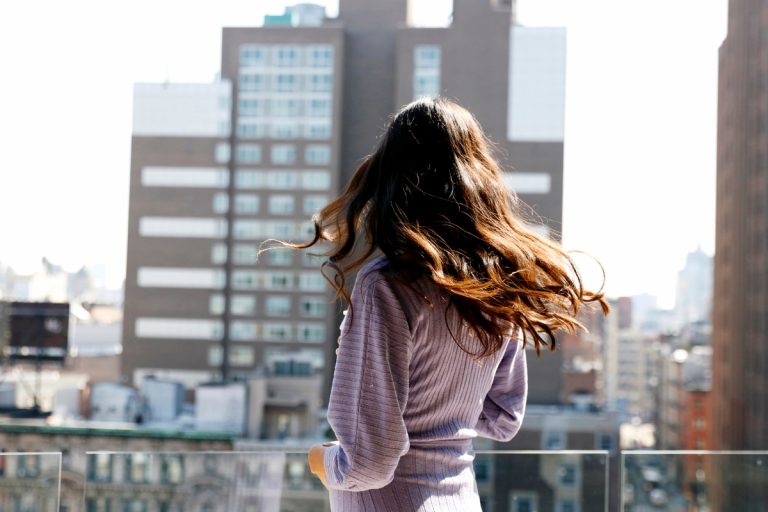
All your beauty questions—answered. Our resident dermatologist, Dr. Geddes Bruce breaks down the biggest topics in beauty, from hair loss to Botox and everything in between. Send us a DM @camillestyles with your own burning q’s and we may address it in a future column.
One day you’re carefree—the next, you’re obsessively checking your hairbrush and drain every morning. How much hair shedding is normal? How much is concerning? It feels impossible to know. There may be countless tricks and trade secrets to prevent hair loss—from hair oiling to avoiding ponytails—but what about treatments for addressing hair loss when it starts? The world of hair loss treatments for women is wide, but thankfully, we have an expert to help us make sense of it all.
Whether your hair is thinning or falling out in certain spots, noticing a change in your hair can be panic-inducing. Sure, when your hair gets dry in the summer from too many beach trips, you can do a few hair masks to revive your locks. Even when it gets thin from over-coloring, you can take a break from the salon, pop a biotin supplement, and soon your locks will be back to normal. But hair thinning and loss feels like a minefield.
Featured image from our interview with Babba Rivera by Belathée Photography.

Ask a Derm: Hair Loss Treatments for Women
Over the years, I’ve noticed my hair shedding and a loss of thickness. I’ve seen tons of hair growth supplements and treatments across social media—but I’m at a loss for where to start. Could you share insights and advice into these treatments, as well as your thoughts on which may be the best?
— Amy K.
Clearly, I didn’t write this as a hypothetical—many of you have written in to get a dermatologist-backed opinion on hair loss treatments for women. We heard from you, and today, we’ve invited Dr. Elizabeth Geddes-Bruce, MD to share her answers. In our first installment of our newest series, Ask a Derm, Dr. Geddes-Bruce is addressing your concerns on hair loss and sharing insights to help you prevent and treat thinning hair.
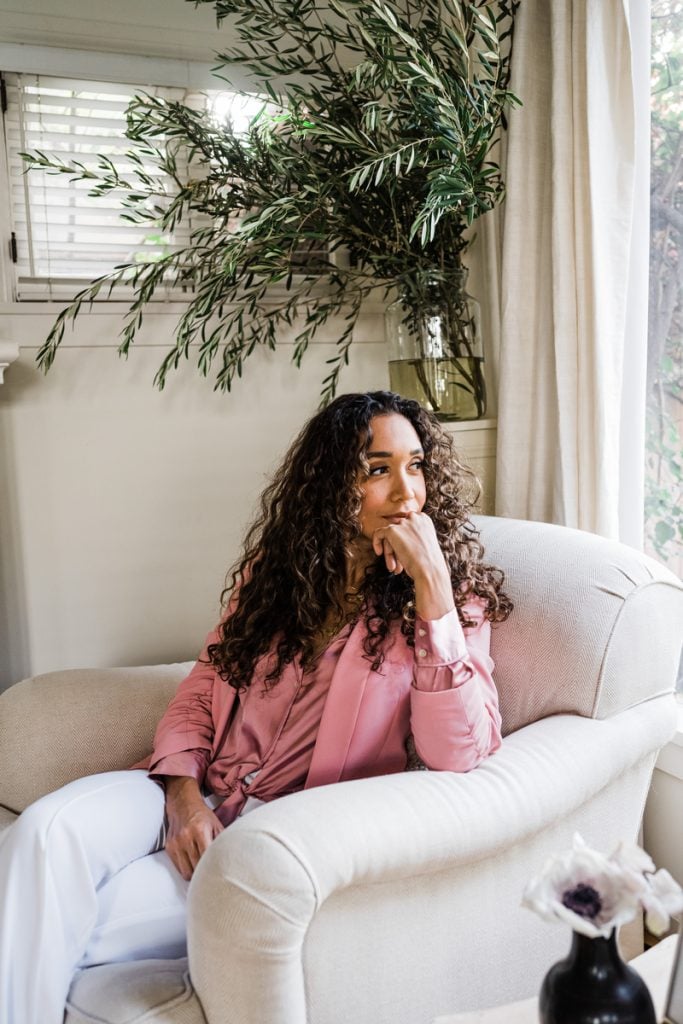
Everything You Need to Know About Hair Loss in Women
As a board-certified dermatologist, I know that losing up to 100 hairs a day is within the range of normal. However, I tell my patients that if they are concerned, I am concerned. Only you know your hair baseline, and what is a significant change for YOU. It is not helpful to be told that everything is fine because you still have hair. You need to act when you notice a considerable increase in shedding that persists beyond a few washes, or when you notice visible hair thinning/decreased density, or patches without hair.
We have a number of medical interventions that can stop and reverse hair loss when caught early, and in the most common forms of hair loss, the hair regrows even if nothing is done!
Is there a difference between hair loss and hair thinning?
Not really. Most people use the terms interchangeably, but in reality, hair loss refers to an increase in the hair falling out (with or without visible change) and hair thinning refers to a decrease in the density of the hair (i.e., it takes twisting a ponytail holder around three times instead of two to secure your hair or your hair part appears wider).
The size of your hair shafts is pretty set and related to genetics/color/ethnicity. Sometimes we see a change in this when people regrow hair after chemotherapy or when their hair loses pigment/goes grey.
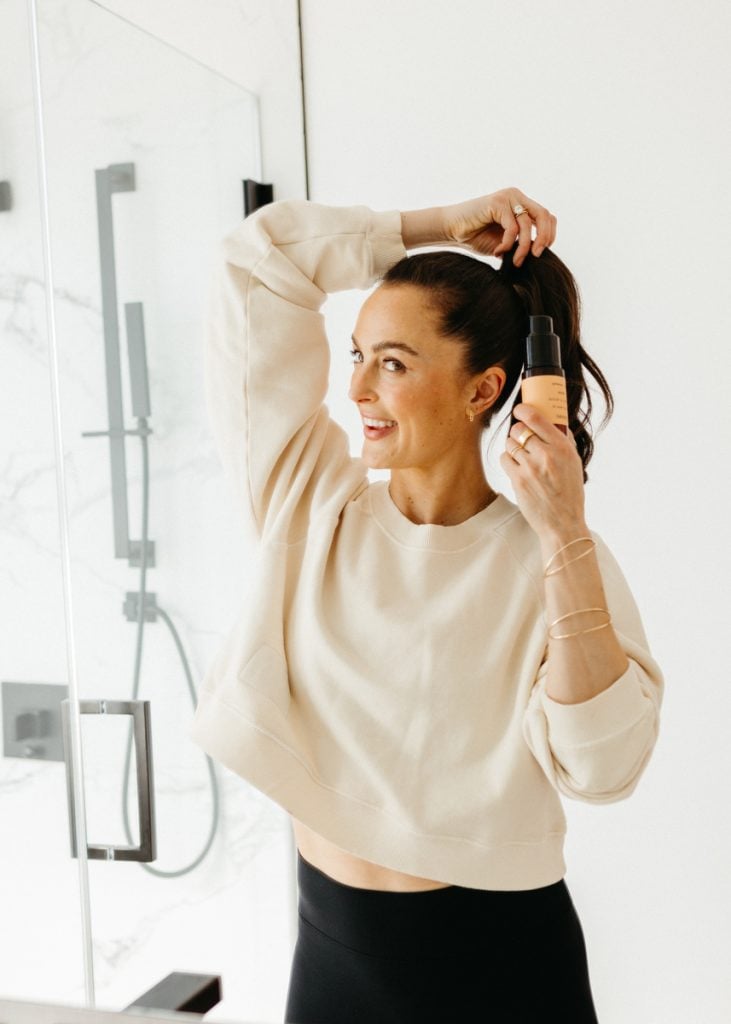
What are the leading causes of female hair loss?
There are many different forms of alopecia (the medical term for hair loss). Some of them are autoimmune conditions themselves, and some are associated with autoimmune conditions that can affect the rest of the body. Other times hair loss can indicate a nutritional deficiency or calorie deficit. These are the times that hair loss can mean something serious and is work getting checked out.
The most common cause of hair loss is, thankfully, a temporary condition called telogen effluvium. I is when the hairs in the resting phase of growth start to fall abruptly and you can quickly lose up to 30% of the hair on your head. The most common trigger is a stressful event, and it’s also the cause of post-partum hair loss. Despite how scary it can be, it’s reassuring that the hairs will grow back with time.
What do doctors recommend for treating female hair loss?
There are several different treatments available for female hair loss, depending on the specific diagnosis/what is causing the hair loss. We may prescribe medications that increase blood flow to the scalp or block specific hormones. We may recommend specific supplements or perform anti-inflammatory injections.
Sometimes we recommend a treatment called PRP (platelet-rich plasma) injections. Not all dermatologists offer this treatment, and it is unfortunately not covered by insurance, but it can help stimulate hair regrowth. I love performing this treatment on the right candidate, as the results can be very rewarding.
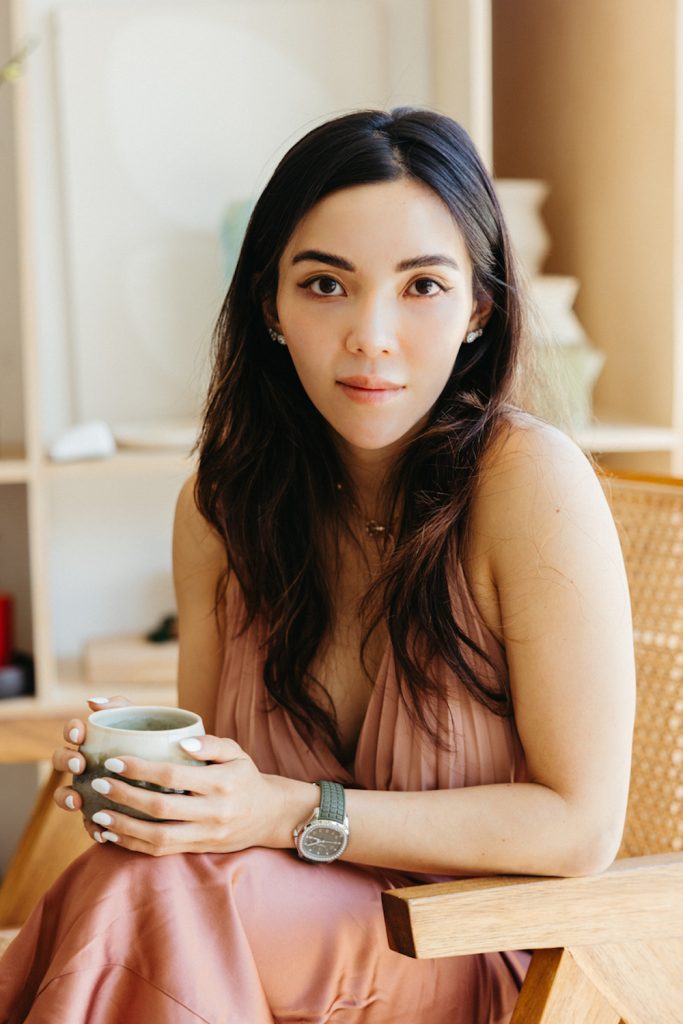
Is there a “best” hair loss treatment for women?
It’s hard to say what the *best* treatment is for hair loss because it all depends on the cause. However, almost universally, all women can benefit from topical minoxidil, which is a solution or foam found over the counter. It can take a few months of consistent use to see the results, and a small percentage of people actually see a temporary increase in shedding when starting, but overall, it’s a win for most women.
Almost universally, all women can benefit from topical minoxidil.
Other potential treatments include:
- Hair fibers can provide nice camouflage for exposed scalp and are easy to apply.
- Hair toppers and extensions have come a long way and are way less traumatic and very natural appearing.
- Now, we have exciting new medications that can treat severe, extensive hair loss so even if you’ve seen a board-certified dermatologist in the past for your hair loss, it might be worth a re-visit to explore these new options.
- There are also a few new laser treatments available where specific growth factors are applied to the scalp after a laser, and this can stimulate growth as well.
And last, PRP (platelet-rich plasma) injections are about as safe and natural as can be. We draw your blood in-office and spin it quickly so it separates the growth and healing factors from the red blood cells. We then inject this part of your blood back into your scalp like fertilizing a lawn. It’s a series of injections, usually three or four done once a month, and then every six months for maintenance.
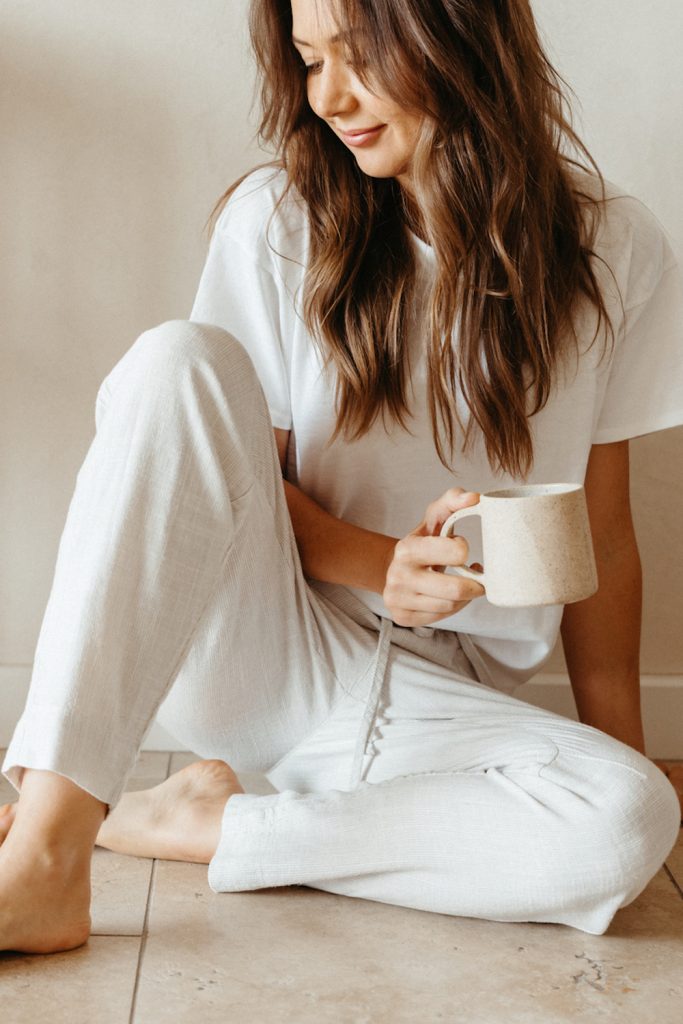
What supplements or vitamins would you recommend to treat hair loss?
There are a few vitamin blends/supplements that can help reduce hair loss. Sometimes they contain stress adaptogens like ashwaganda, anti-inflammatory herbs like turmeric, and ingredients like saw palmetto, in addition to vitamins and micronutrients like vitamin D, zinc, and selenium. Contrary to popular belief, biotin in large amounts won’t help with hair loss and instead can make certain lab tests (like thyroid tests) show incorrect values.
There is also some evidence for a few essential oils in helping hair loss—things like rosemary oil and tea tree or pumpkin seed oil when used topically. For a long time, patients have used castor oil for thickening/lengthening hair and there is at least one animal study to support that. Other things often included in topical hair loss products are menthol and caffeine to increase blood flow and stimulate growth.
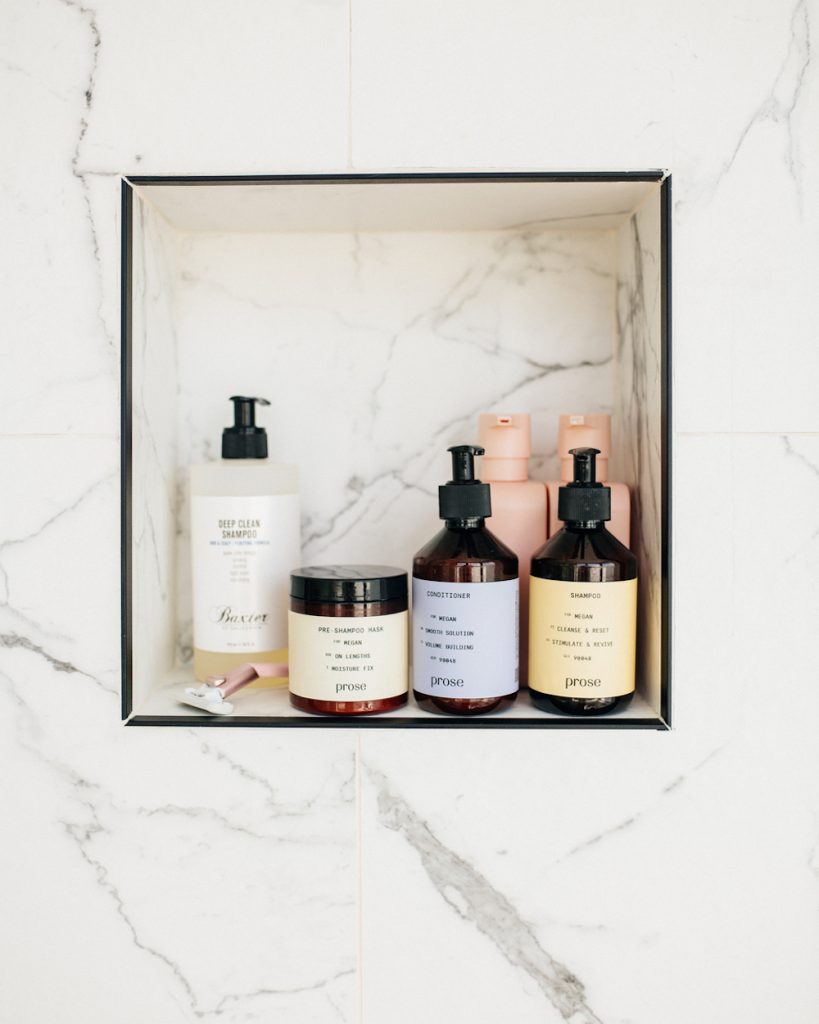
The Best Products for Hair Loss
Traders Joe’s Tea Tree Tingle Shampoo and Conditioner
Trust Trader Joe’s to have it all. This shampoo and conditioner duo makes your hair stronger and thicker with every wash. Tea tree and botanicals invigorate your scalp and strands to detox your scalp and keep it healthy.
hers 5% Minoxidil Foam
This topical treatment delivers 5% strength Minoxidil straight to your roots to stimulate hair growth and address thinning hair without clogging your scalp. The foam formula is quick to dry and easy to apply.
ISDIN Lambdapil Hair Density Capsules Daily Hair Supplement for Thinning Hair
There are many hair growth supplements on the market but Dr. Geddes recommends this one for thinning hair. It contains powerful ingredients like saw palmetto extract, vitamin B3, biotin, and more
Nutrafol capsules
Backed by science, data, and rave reviews, Nutrafol uses natural ingredients to deliver proven hair growth. It contains vitamins A, C, D, and E, as well as collagen, zinc, keratin, hyaluronic acid, and other hair-loving ingredients for stronger, thicker hair.
The post Half of all Women Experience Hair Loss—A Derm on the Best Treatments for Stronger, Thicker Hair appeared first on Camille Styles.

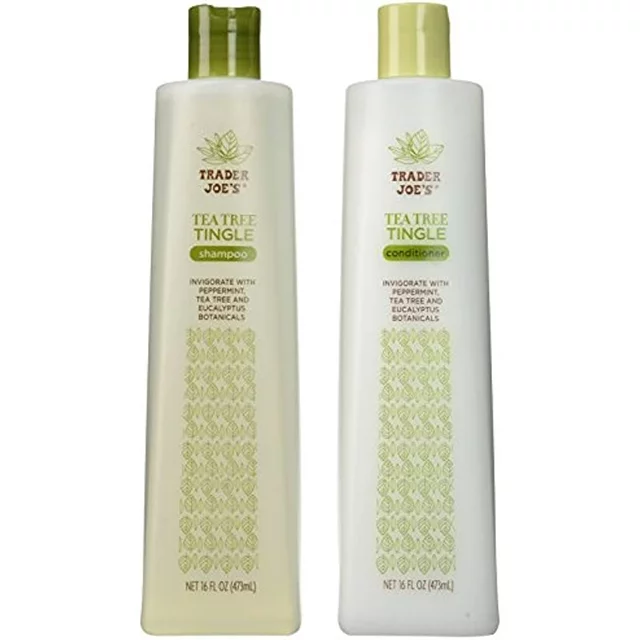
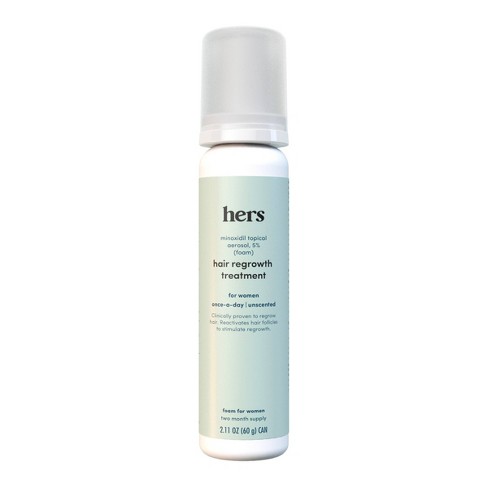
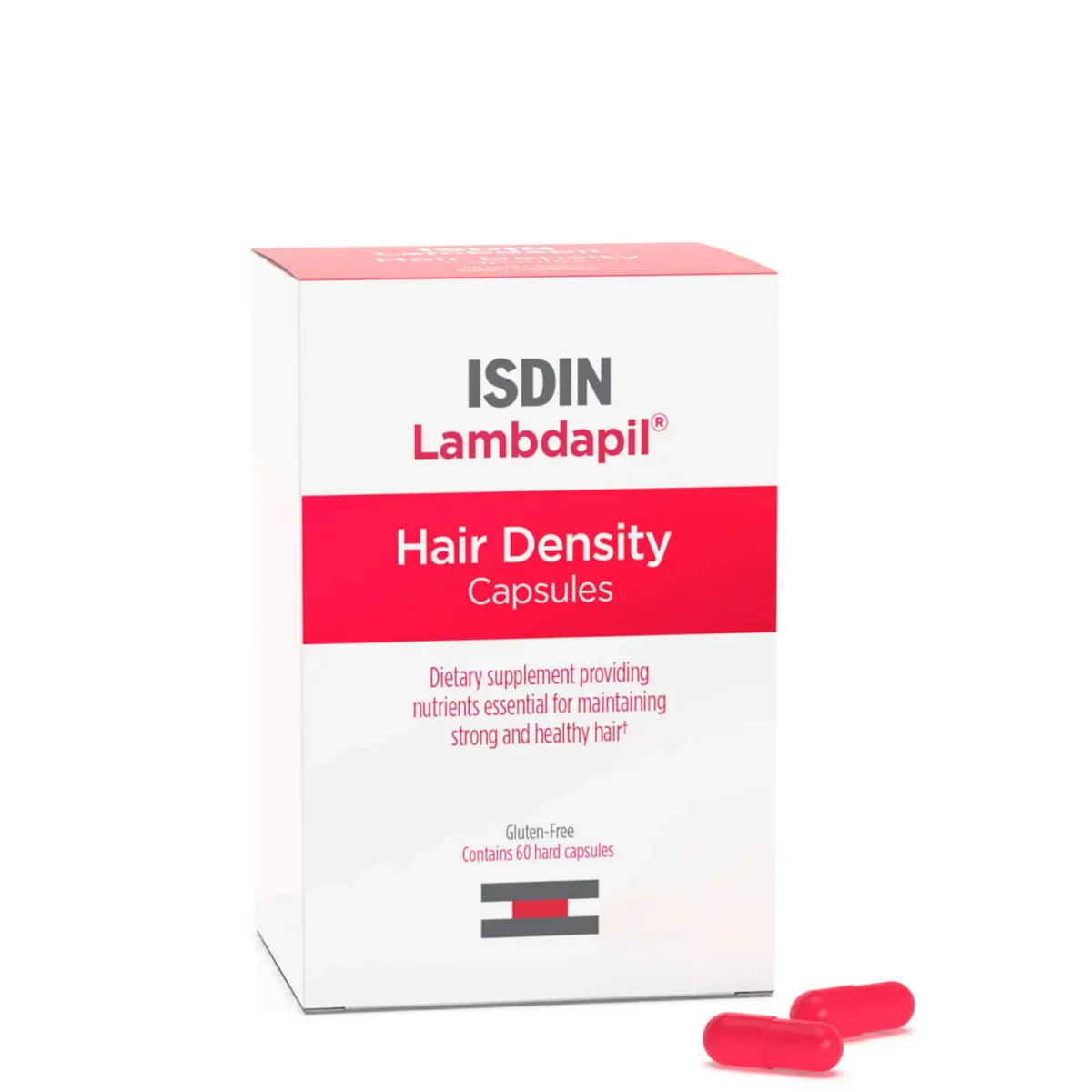
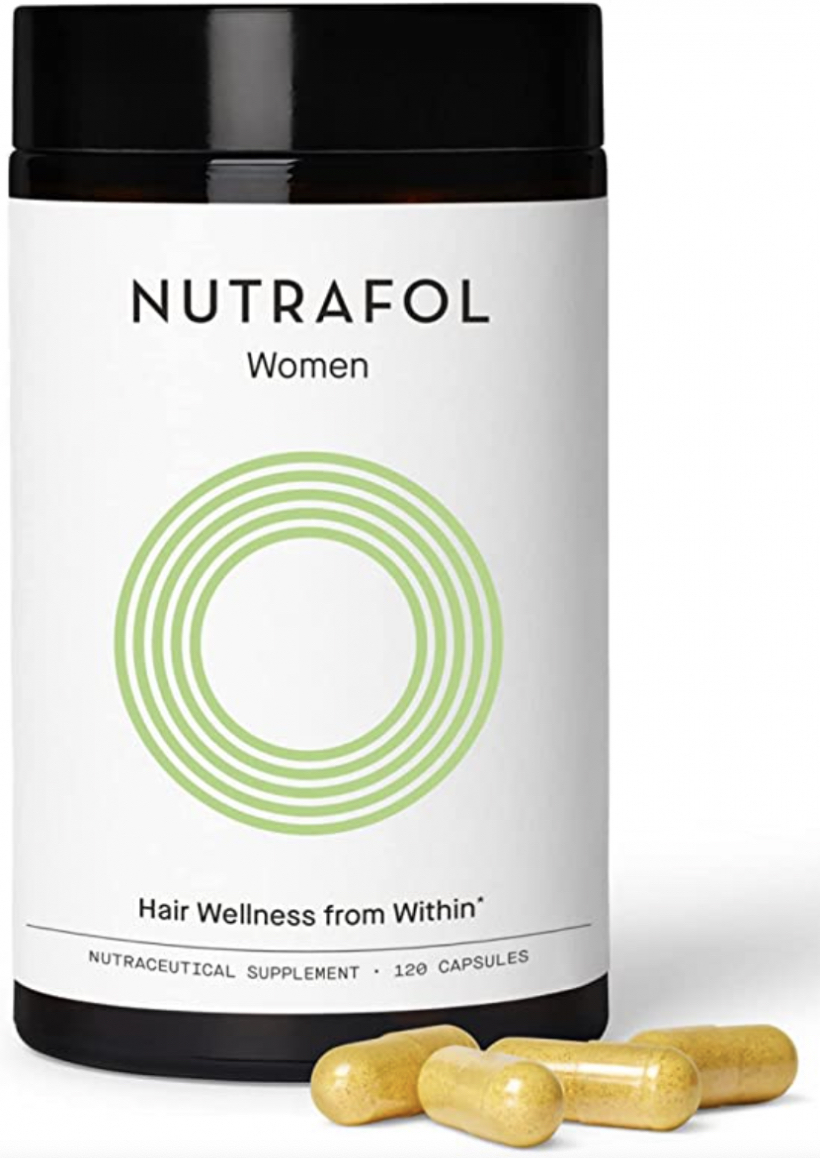
0 Comments